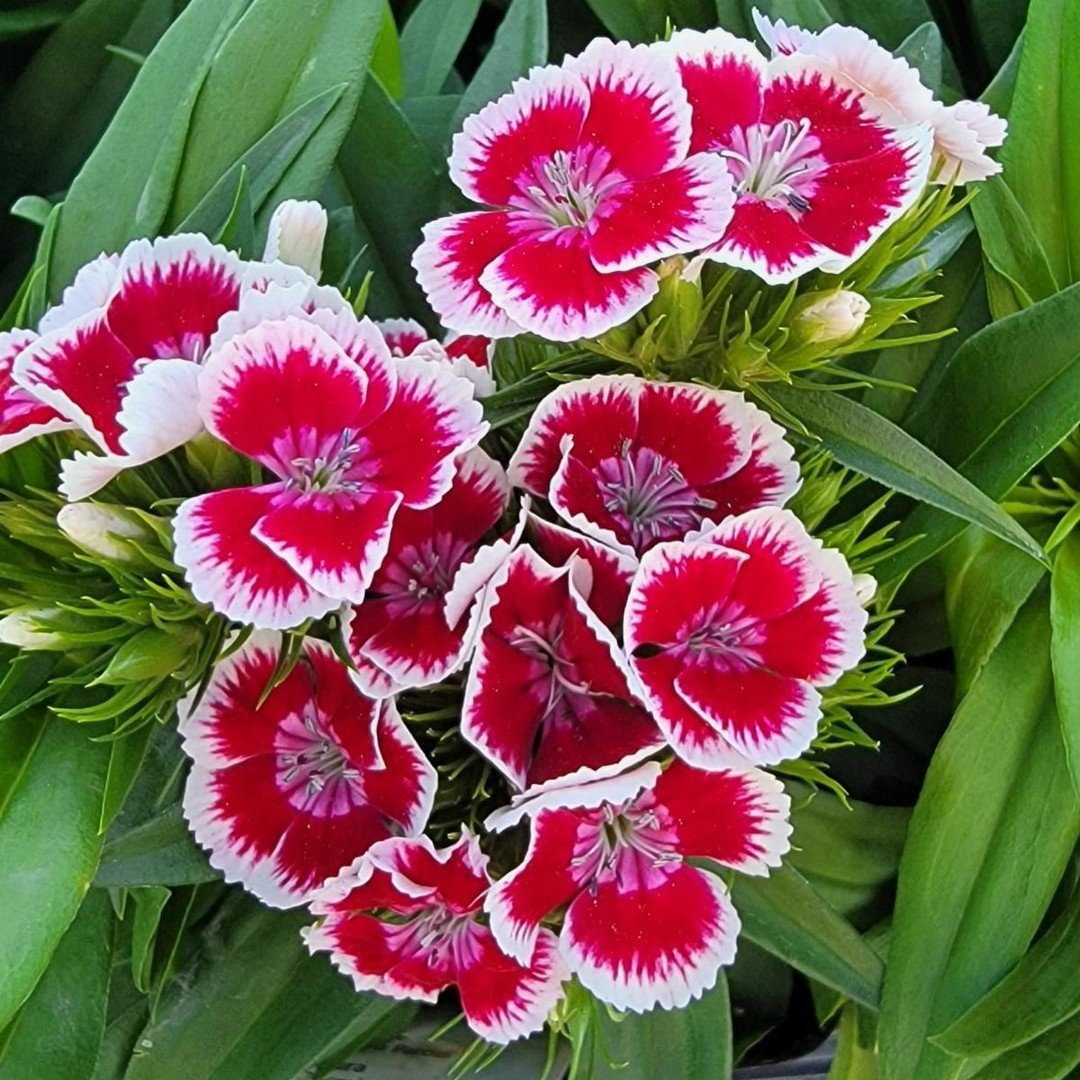Explore the Sweet William flower’s meaning, growing seasons in the USA, and safety tips. Learn how to plant, care for, and enjoy these blooms in your garden.

Hi, I’m Ashley Scott, a gardener with over 10 years of experience, and today I’m sharing my passion for Sweet William flowers (Dianthus barbatus). These charming, clustered blooms have graced my garden for years, and I’ll walk you through everything from their poetic symbolism to practical growing tips. Let’s dig in!
Here’s the information chart for Sweet William in an easy-to-understand format:
| Attribute | Description |
|---|---|
| Botanical Name | Dianthus barbatus |
| Common Name | Sweet William |
| Plant Zone | USDA Zones 3-9 |
| Sun Exposure | Full sun to partial shade |
| Soil Type | Well-drained, fertile soil |
| Watering | Moderate; keep soil consistently moist but not waterlogged |
| Growth Habit | Biennial or short-lived perennial |
| Height/Spread | 12-24 inches tall and wide |
| Special Features | – Produces clusters of small, fragrant flowers in various colors (pink, red, white, purple) from late spring to early summer, Deadhead to prolong blooming and prevent self-seeding |
What is a Sweet William Flower?

Sweet William is a biennial or short-lived perennial known for its vibrant, fragrant flowers. Native to Europe, it thrives in USDA zones 3–9 and blooms in shades of pink, red, white, and purple. The red Sweet William flower is particularly striking, often used in cottage gardens. Fun fact: Some varieties, like the Sweet William wildflower, grow naturally in rocky meadows!
Curious about its name? Legend ties it to Shakespeare’s Henry IV, but historians debate its true origin. For more on perennial plants, check out my guide to long-lasting garden blooms.
Sweet William Flower Meaning and Symbolism
The Sweet William flower meaning has evolved over centuries. Traditionally, it symbolizes gallantry, finesse, and even a “secret admirer” in the Victorian language of flowers. Its spiritual meaning ties to love and protection—I’ve often included them in bouquets for friends celebrating new beginnings.
Recently, Sweet William flower tattoos have surged in popularity, representing enduring bonds. Their ruffled petals and rich hues make them a favorite in floral art.
How to Grow Sweet William Flowers
When to Plant Sweet William
Timing is key! In the USA, plant seeds indoors 6–8 weeks before the last frost, or sow directly in fall for spring blooms. In warmer regions like the South, fall planting ensures robust growth.
In India, Sweet Williams thrive in cooler Himalayan areas. Sow seeds in early winter for spring flowers, avoiding intense summer heat.
Growing Sweet William in Pots
Yes, you can grow Sweet William in pots! Choose a container with drainage holes and fill it with well-draining soil. I’ve had success mixing compost and perlite. Place pots in partial to full sun, and water when the top inch of soil feels dry.
Starting from Sweet William Flower Seeds
Scatter Sweet William flower seeds over moist soil, lightly pressing them in (they need light to germinate). Seedlings sprout in 10–14 days. For a step-by-step seed-starting guide, visit my beginner’s seed-growing tutorial.
Sweet William Flower Uses and Benefits
Garden and Floral Design
These blooms are stars in borders, containers, and as cut flowers. Their long stems and spicy scent make them perfect for bouquets. Local Sweet William flower shops often feature them in spring arrangements.
Medicinal and Cultural Uses
Historically, Sweet William was used in herbal remedies for digestive issues. However, note that it’s mildly toxic—more on that below.
Are Sweet William Flowers Poisonous?
Sweet William flowers are toxic to cats and can cause vomiting or skin irritation. The ASPCA lists them as mildly harmful. Always wear gloves when handling plants if you have sensitive skin. For pet-safe gardening ideas, explore my tips here.
FAQs About Sweet William Flowers
1. Do Sweet William flowers bloom every year?
Most are biennial: they grow foliage in year one and bloom in year two. In warmer zones, they may act as perennials.
2. When does Sweet William flower in the USA vs. UK?
In the USA, peak bloom is late spring to early summer. In the UK, flowering time aligns with May–July.
3. What does a Sweet William flower look like?
Imagine clusters of small, five-petaled blooms with serrated edges. Their fragrance is subtly spicy—like a mix of cloves and cinnamon!
4. Where can I buy Sweet William seeds?
Check local nurseries or trusted online shops like Burpee or Baker Creek Heirloom Seeds.
Final Thoughts
Whether you’re drawn to their spiritual meaning or their garden charm, Sweet Williams are a rewarding addition to any space. I’ve loved growing them in pots, borders, and even gifting them as cut flowers. For more inspiration, browse my garden design ideas.
Happy gardening! 🌸
– Ashley Scott, USA Garden Hub






